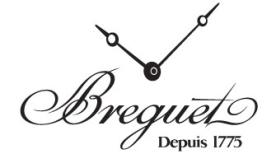Incubators
Against this backdrop, two initiatives proved vital and foundational, accelerating the careers of these backstage artists, boosting their reputations, and putting them in the limelight. The first project was devised by Goldpfeil. In 2000 this German leatherworker unexpectedly decided to branch out in an entirely different direction, launching a series of seven watches, all unique pieces, based on a simple brief: “express yourself, using our blue arrow and our firm’s design ethos”. Seven watchmakers from the Académie Horlogère des Créateurs Indépendants (AHCI), including Vincent Calabrese and Bernhard Lederer, each expressed their own particular style in line with these specifications. At almost the same time, one of Harry Winston’s executives launched a similar scheme that was even more ambitious. Maximilian Büsser came up with the Opus: a different limited edition for each year, created and produced by an independent watchmaker, whose name would not only be cited but also fêted. It was a far cry from the usual, anonymous subcontracting of the kind that produced François-Paul Journe and Philippe Dufour, after their work for Piaget and Audemars Piguet respectively. In all there were 14 Opuses, almost all of them with an impact in their day, awaited ever more eagerly each year, each often even crazier than the previous one – and yet always within the given style constraints.
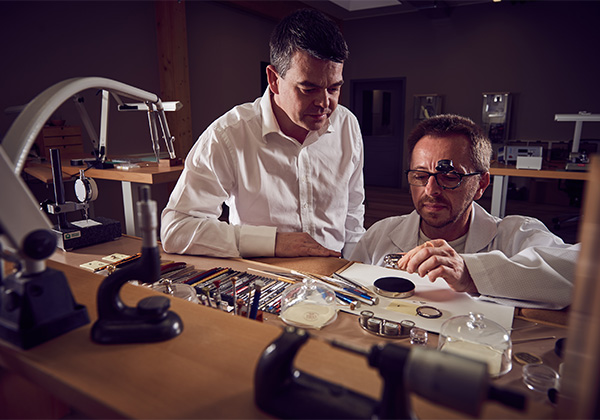
Inventors
The Opus experience did however reveal the Achilles heel of these independents. Some projects weren’t properly ready until well after the deadline: Vianney Halter’s Opus 3 was the worst offender, arriving over ten years late; perhaps unsurprisingly, since the project was virtually out of this world. Indeed, independents too can produce failures, as spectacular as their inventions are complex. It comes with the territory: experimentation, coupled with a dose of humour, different perspectives and, above all, initiative. That said, after 20, 10, or sometimes just five years of twists and turns, their modes of expression have remained unchanged. It’s not just about staying faithful to their DNA, or repeating past successes; above all, it’s about remaining true to themselves. Their identity – envied trendsetters, often imitated, tending to be seen as being somewhat flaky – invites comparison with another type of enterprise: the startup.
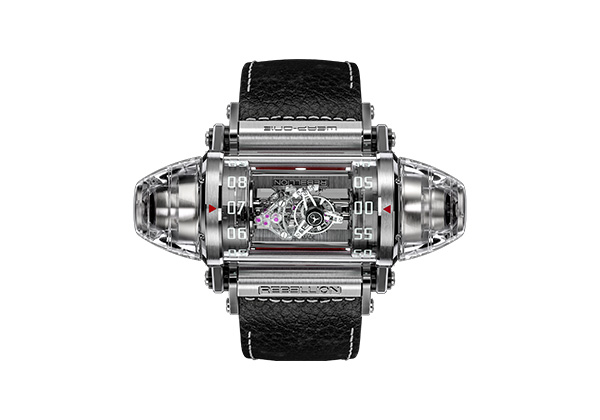
Independents are characterised by their management style, so much so that it’s become unremarkable; standard practice, in fact. Like startups, independents thrive on innovation – as is clear from what we owe to them.The first biaxial tourbillon was produced by Franck Muller, at that time still a minor brand with an independent spirit. The first triaxial tourbillon wristwatch was the work of Thomas Prescher’s hands. Scratchproof surfaces were an early Urwerk speciality, using AlTiN or ceramic aluminium from 2000 onwards. Linear winding weights were the brainchild of Jean-François Ruchonnet and Vianney Halter, who created TAG Heuer’s Monaco V4. Independents also took the art of oneof-a-kind timepieces to the highest degree, witness Jean Dunand’s Christophe Claret movements and Antoine Preziuso, who made a case entirely out of solid meteorite. Then too, there are alternative displays: rollers (Cabestan), discs (Claret), multi-retrogrades (Roger Dubuis), and many more that are wilder still. Even mechanical digital displays have been given a comeback, the first embodiment being the Opus 3 with its jumping digital date, hours, and minutes display, featuring separate tens and units – and a countdown of the last five seconds of each minute.
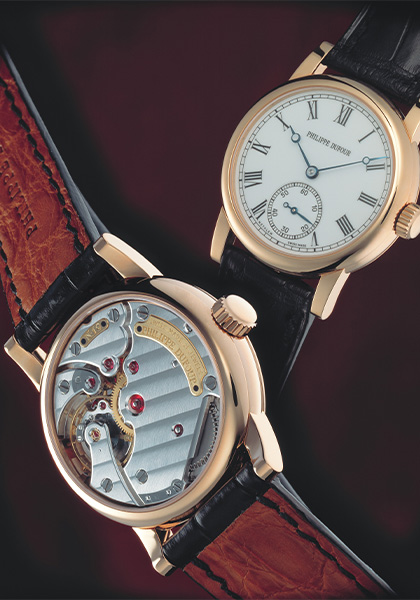
Resilience
Subcontracting remains an important part of independents’ live lihoods, helping them keep their workshops and machinery profitable. On the other hand, a shrinking order book for movements can spur some shadow watchmakers to embark on becoming a brand, as was the case with Christophe Claret, whose first watch in his own name came out in 2009, 20 years after he began as a movement maker. The independent network’s flexibility, opportunism and intelligence were characteristic of the period.
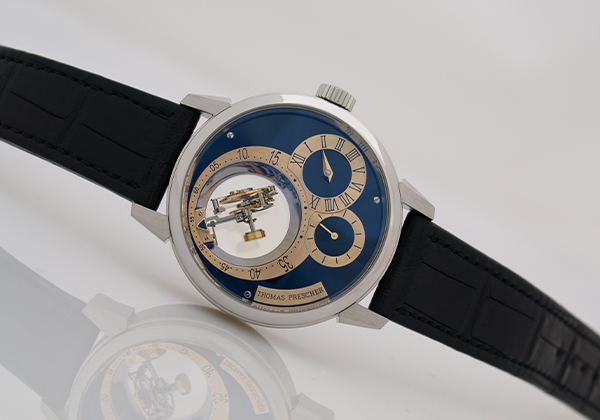
Nothing like it could have happened on such a scale at any other time in history, even in a sector like the watch industry with such well-developed connections and in which subcontracting is second nature. Sometimes, independents end up being bought out: Roger Dubuis and Daniel Roth eventually devoted their talents to a single group. The size and turnover attained by others have distanced them from the creative spirit that gave them their independent mindset. Others again have been acquired by entities keen to preserve their ethos and perpetuate their expertise. The stakes acquired by Chanel’s holding company are shining examples: Bell & Ross, Romain Gauthier, and F.P. Journe have not been subject to any pressures or changes in management.
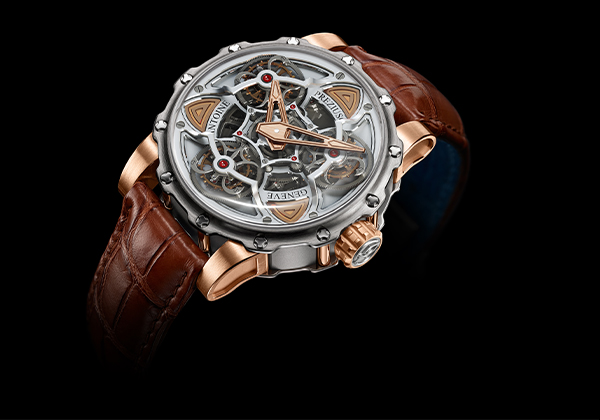
Influencers
How have independents come to revolutionise contemporary watchmaking? First and foremost, thanks to exposure. One would be hard put to find companies in any other sector for which sales correlate as closely with notoriety or the number of articles published as they do for these independent brands.
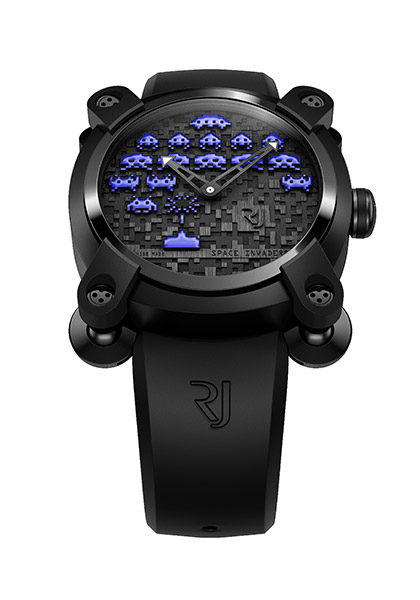
They are watched, admired, criticised… and a whole swathe of watchmaking thinking is structured around their creations. Their stellar influence far exceeds their minuscule output.
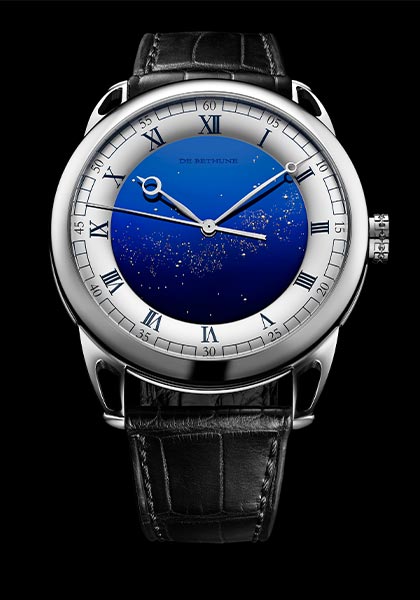
*On the occasion of GMT Magazine and WorldTempus' 20th anniversary, we have embarked on the ambitious project of summarising the last 20 years in watchmaking in The Millennium Watch Book, a big, beautifully laid out coffee table book. This article is an extract. The Millennium Watch Book is available on www.the-watch-book.com, in French and English, with a 10% discount if you use the following code: WT2021.



